Celebrity-influencers vs Micro-influencers.
Who to Leverage for your Influencer Marketing Campaign?
Growing from just $1.7 billion in 2016, the influencer market is set to reach $9.7 billion by the end of 2020. This drastic evolution shines light on the way influencer marketing is fast becoming the key marketing channel for many brands.
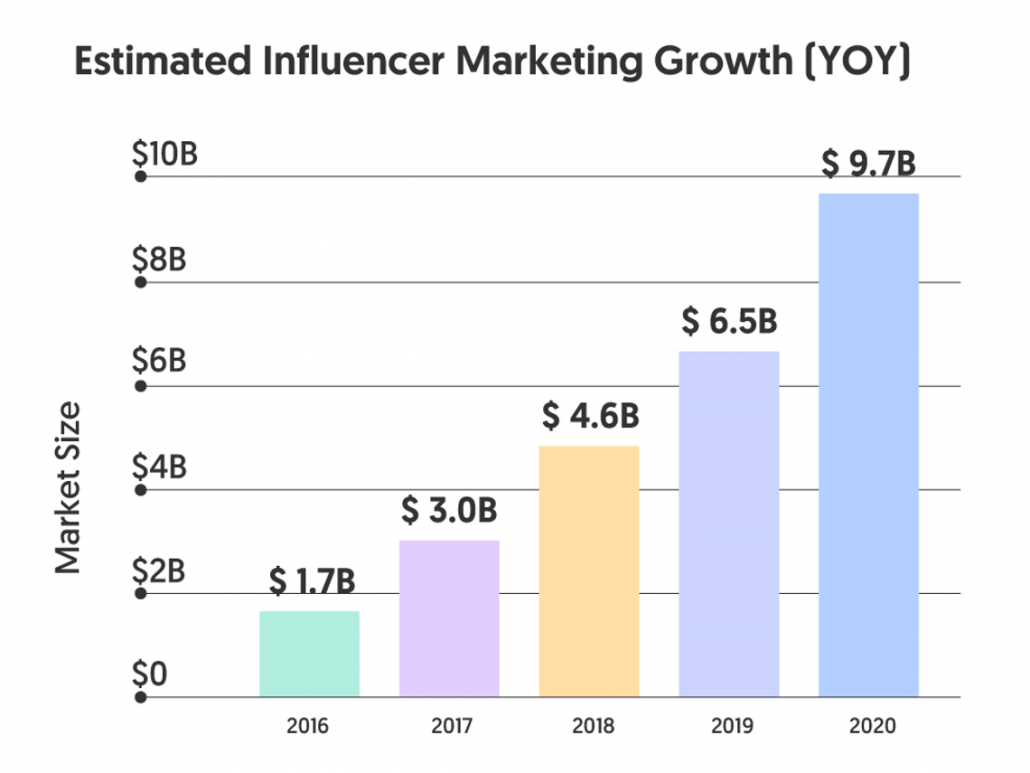
While it is now a global phenomenon, don’t suppose influencer marketing is as easy as ABC. To pull off an effective influencer marketing campaign, you need to work with the right social media influencers.
So, how do you choose between leveraging a big-time celebrity-influencer and a low-key micro-influencer?
Brands are increasingly shifting to micro-influencers, as they are proving to be more valuable and successful than traditional celebrity-influencer campaigns. In fact, global studies show that micro-influencers comprise 36% of annual influencer spend compared to just 30% for celebrity-influencers. This divergence comes from the increasing need for brands to foster deeper, more intimate connections with various micro-targeted groups of consumers.
After briefly defining influencer marketing, we will delve more deeply into the how celebrity-influencers and micro-influencers differ, and the key reasons for why micro-influencers are winning the influencer marketing battle today.
INFLUENCER MARKETING DEFINED
Influencer marketing focuses on delivering your brand message to a targeted set of industry influencers rather than to the market at large. By leveraging the reach of an existing influencer who has built a pre-qualified following, you can rely on them to strengthen your brand advocacy.
Take for example the beauty giant, Estee Lauder, who has announced that it is now committing 75% of its advertising budget towards influencer marketing. This typically involves strategies such as sponsored content, competitions and giveaways, co-created content and platform takeovers. According to president, Fabrizio Freda, the investment aims to increase awareness, reach new audiences and improve sales conversion, ultimately leading to a “much better rate of return”.
COMPARING CELEBRITY-INFLUENCERS TO MICRO-INFLUENCERS
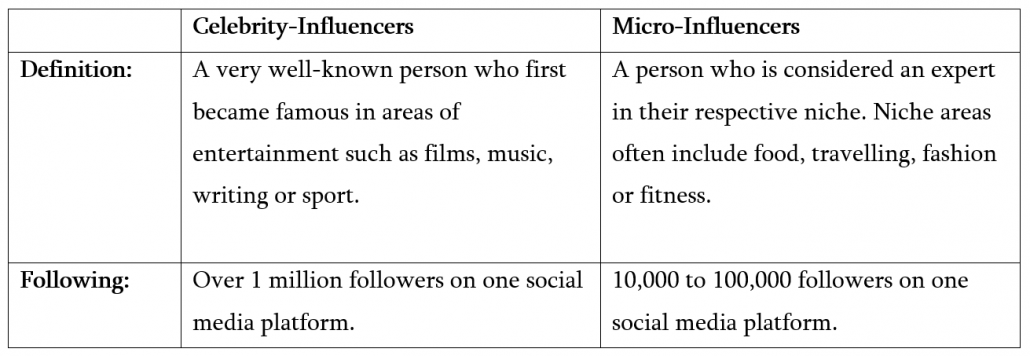
SO, WHY ARE SOME BRANDS STILL USING CELEBRITY-INFLUENCERS?
- Mass Exposure: Working with celebrity-influencers positions your brand in front of millions of prospective customers. This expansive fan-base provides brands with a notably greater reach. A single post by a celebrity-influencer, can instantly boost your brand awareness, potentially turning your brand into an overnight sensation.
- High Level of Professionalism: Celebrity-influencers have initially gained public recognition because of their professional talent. Given their years of experience within the entertainment industry, celebrity-influencers are perceived to be more equipped in delivering clear and effective messages.
- Celebrity Worship: People are attached to their favourite celebrity and will go great lengths to emulate them. When celebrity-influencers show they are using a certain product, fans tend to blindly follow suit as they trust that the product will be worthwhile.
THEN, WHAT IS THE DOWNFALL FOR USING CELEBRITY-INFLUENCERS?
- Cost: Celebrity-influencers are expensive. For example, Christian Ronaldo is said to be earning more from Instagram than he does from playing soccer for Juventus, pocketing an average of $1.6m per sponsored post. While larger brands may think the boost in brand awareness is really worth it, the costs dwarf marketing budgets for smaller companies and start-ups.
- Low Engagement: With such an expansive following often comes a low engagement rate. This indicates a lack of affinity and connection between the celebrity-influencer and their followers. Having such a diverse group of followers, with varying passions and interest, makes it difficult to engage them all. Moreover, the luxurious and busy lifestyle of celebrity-influencers often deters followers from even attempting to connect with them as their chances of being recognised are so slim.
- Lack of Customer Credibility: While consumers value celebrities, they definitely value authenticity more. There have been several campaigns over the years that have failed at the hands of the celebrity-influencer that the brands have employed. For example, Oscar’s host Ellen DeGeneres failed to keep up appearances for Samsung sponsor during the ceremony when she posted to Twitter backstage from her own iPhone. As people become more aware of influencer marketing, choosing a celebrity-influencer who doesn’t actually identify with your brand portrays an illegitimate and ingenuine marketing ploy.
- Prone to Backlash: Since celebrity-influencers live in the spotlight, with paparazzi capturing their every move, it is nearly impossible for their mishaps to go unpublicised. Unfortunately, the consequences for the brand that is mixed up in a celebrity scandal are huge. Back in 2009, the news of Tiger Wood’s infidelity broke his public image, costing brands such as Nike $1.5 million in sales and 105,000 customers. If consumers have negative feelings toward a chosen celebrity-influencer, they are more likely to have negative feelings toward the endorsed brand as well.
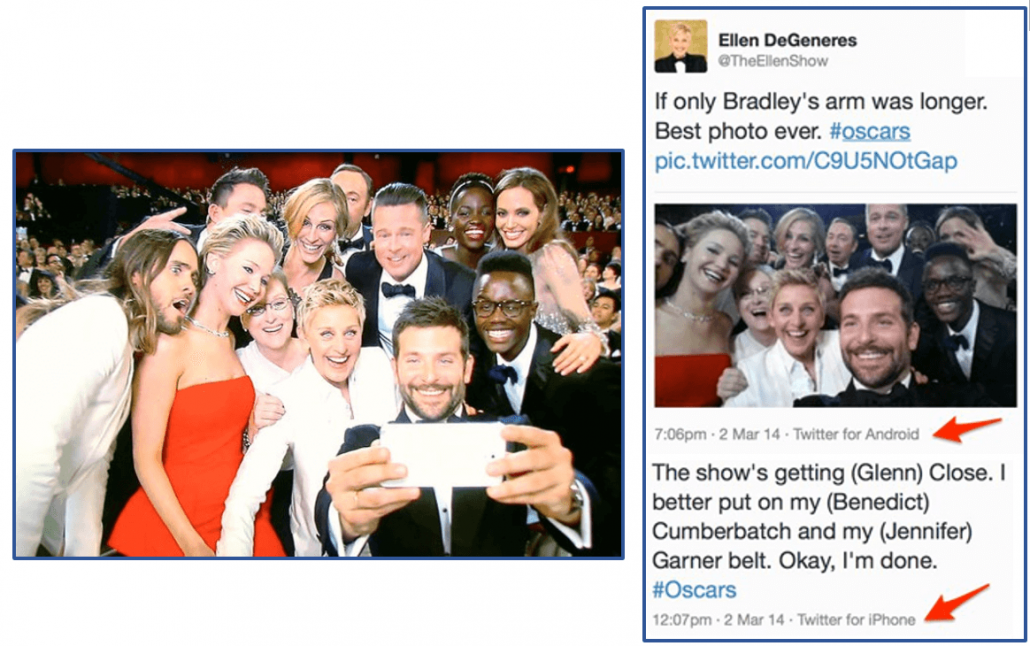
ARE MICRO-INFLUENCERS THE BEST SOLUTION?
The simple answer is, YES. While working with an influencer who holds a much smaller following may seem counterintuitive, it is no longer enough to just aim for a massive reach. The following FIVE reasons outline why micro-influencers have won favour with both consumers and brands in the influencer marketing industry today:
1. Affordable
The cost of a micro-influencer is just a fraction of the cost of celebrity-influencers. In fact, 97% of micro-influencers on Instagram charge less than $500 for a promotion post with some being just as happy to work in exchange for free products or services. This is a perfect price point for the broad value and high-quality content that they provide. The moderate impact micro-influencers have on a budget allows for small companies or start-ups to benefit from influencer marketing. These low rates would mean that employing even 100 micro-influencers would be cheaper than a single celebrity on Instagram, thus enabling brands to effectively maximise reach to various niches by working with more than one micro-influencer.
2. Targeted Audience
Micro-influencers usually have concentrated audiences, meaning they have the ability to tap into very specific, niche markets that broader celebrity-influencers may miss. The interests of those who choose to follow certain micro-influencers often align very closely with the micro-influencer’s area of expertise. Therefore, the brands they promote and the recommendations they share are always perceived as relevant as they are personalised to meet the needs of their micro-targeted audience.
3. High Engagement
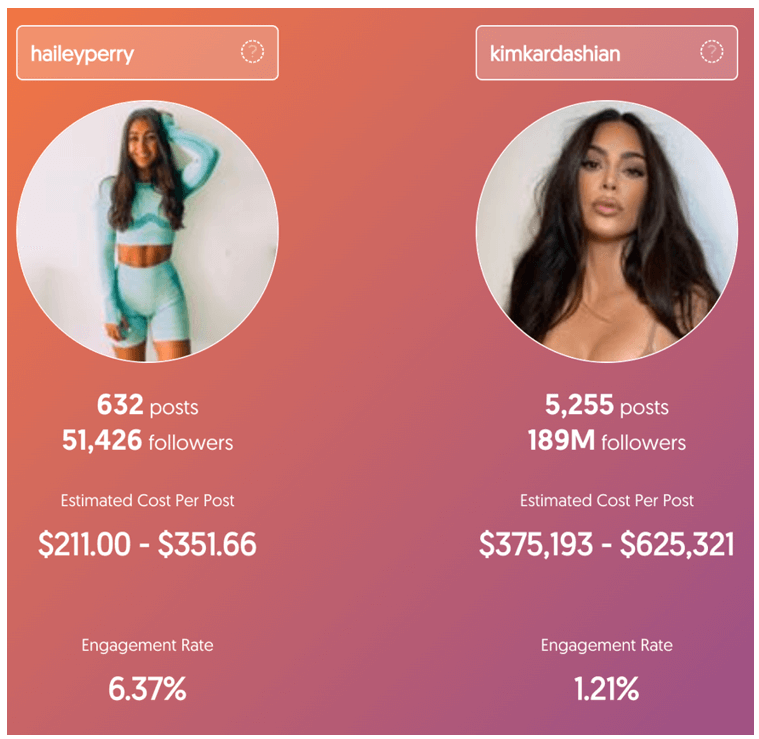
A study found that as an influencers number of followers incr
eases, their number of likes and comments from followers decreases. Therefore, the specific, passionate and manageable audiences of micro-influencers yield a much higher engagement rate than that of celebrity-influencers. Nowadays, people are looking for personal one-to-one recommendations, and micro-influencers help establish that intimate connection with their followers via live interactions such as comments, personal messages and promotions.
4. Authenticity
Micro-influencers are perceived as more authentic in comparison to celebrity-influencers. Since micro-influencers are real people who don’t carry the unattainable ‘celebrity’ status, their followers tend to think of themselves as peers rather than fans.
With 83% of consumers trusting recommendations from their peers over excessively paid celebrity endorsements, micro-influencers are the perfect way to build your brands trustworthiness and credibility. When making purchases, people value authenticity, and so by exhibiting genuine qualities and humanizing the brands they promote, micro-influencers result in a higher conversion rate.
5. Better Content
Since micro-influencers are experts in their field, and truly believe in the products they promote, they respond well to the demand for fresh, organic and high-quality content. With a healthy following and their growing experience, micro-influencers know how to connect with the needs of their followers, and therefore dedicate time to churn out professional and creative content.
THE BOTTOM-LINE:
In today’s ever-changing world where people are becoming more connected via globalisation and digitisation, brands are placing more emphasis on the value of authenticity, credibility and trustworthiness when choosing their digital marketing strategies. For this reason, brands have moved beyond traditional celebrity-endorsement type campaigns to leveraging micro-influencers across several social media platforms. Brands can subsequently capitalise on the highly concentrated audience of micro-influencers that drive more engagement and hold better recommendation power with consumers.
If you would like to speak with one of our expert representatives to help start your next influencer campaign, let us know!

Mia Mahony
A third-year university student majoring in finance and marketing. I have a growing interest in the way digitisation is impacting how we live, work and make decisions as individuals, organisations and societies. With aspirations to work as a digital marketer, I am excited to see where technology will take us in the future.

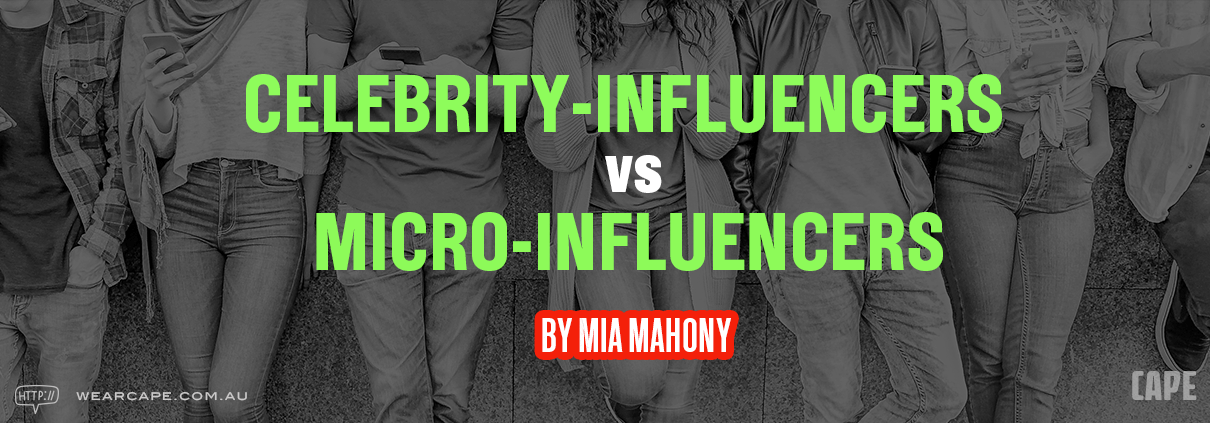






Comments are closed.